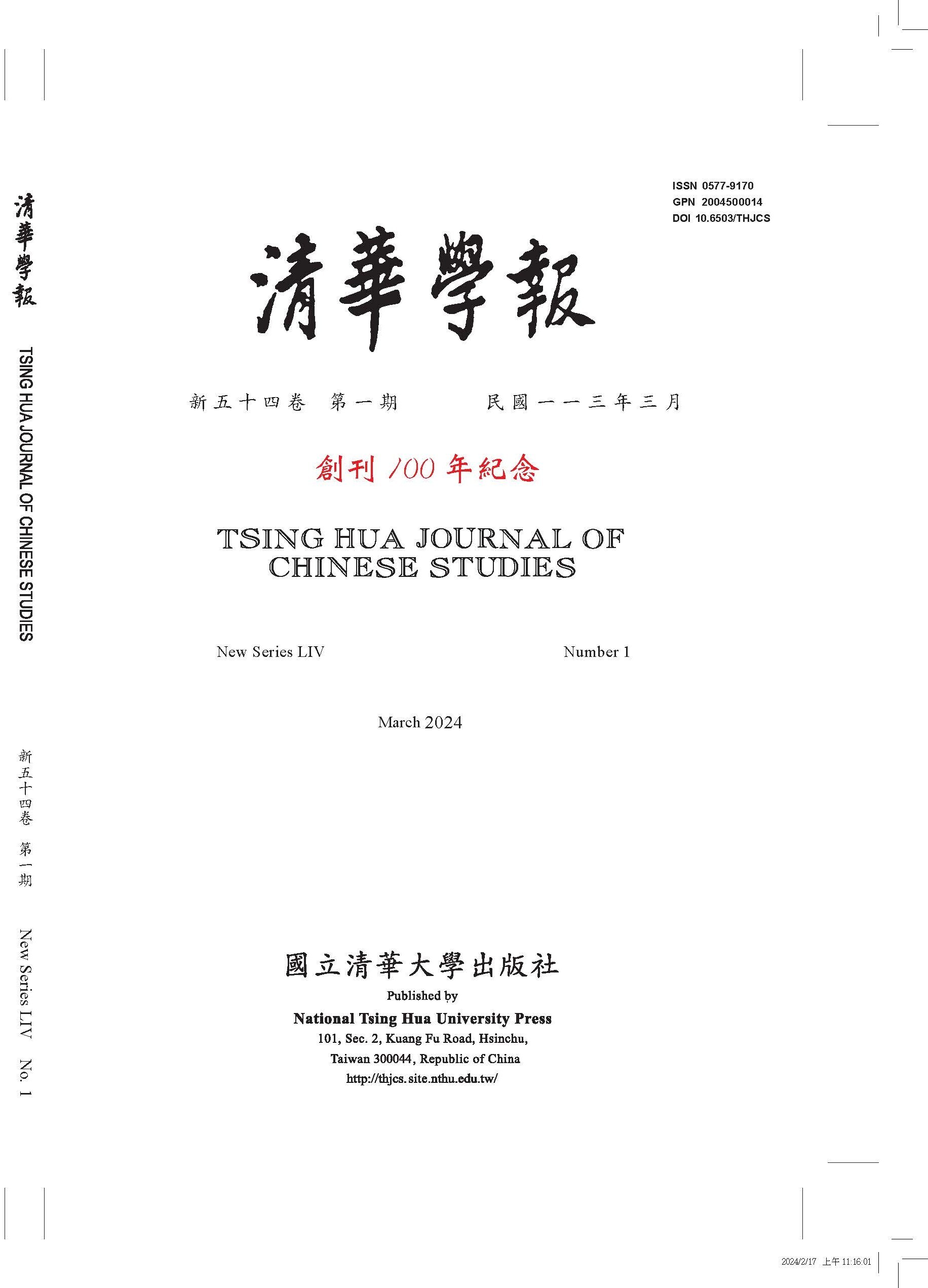Teahouses in the Song Period: A Comparative Analysis of Sources of Urban History and Anecdotal Literature
Vol. 48 No.2 6/2018
|
Title |
Teahouses in the Song Period: A Comparative Analysis of Sources of Urban History and Anecdotal Literature |
|
Author |
Hirata Shigeki |
|
Genre |
Article |
|
Pages |
357-386 |
|
Download |
|
|
Language |
Chinese |
|
Key words |
teahouses, sources of urban history, anecdotal literature, contact zones |
|
Abstract |
Although many researchers have dealt with teahouses in the Song period, they have discussed them without adequately differentiating the information found in two different types of sources. Whereas sources of urban history provide a static description of teahouses in the capitals, anecdotal literature contains abundant information on teahouses all over the country, dynamically narrating various incidents that occurred in them. Paying special attention to the differences between these two sources, this article examines the roles of teahouses in Song urban society. The sources on urban history show that various types of teahouses existed in the capitals, functioning as places for dining, drinking, lodging, entertainment, and for conducting commercial activities. People from different classes and statuses chose from among these various types of teahouses for their own purposes. This suggests that teahouses in the capital cities achieved a degree of differentiation and specialization. Anecdotal literature reveals a different picture. Teahouses were places that simultaneously retained various functions and wherein people from different classes and statuses interacted with each other. This suggests that local teahouses assumed the role of “contact zones” between cities and villages in this period of urban development, acting as a junction through which people, goods, and money flowed and passed. |

